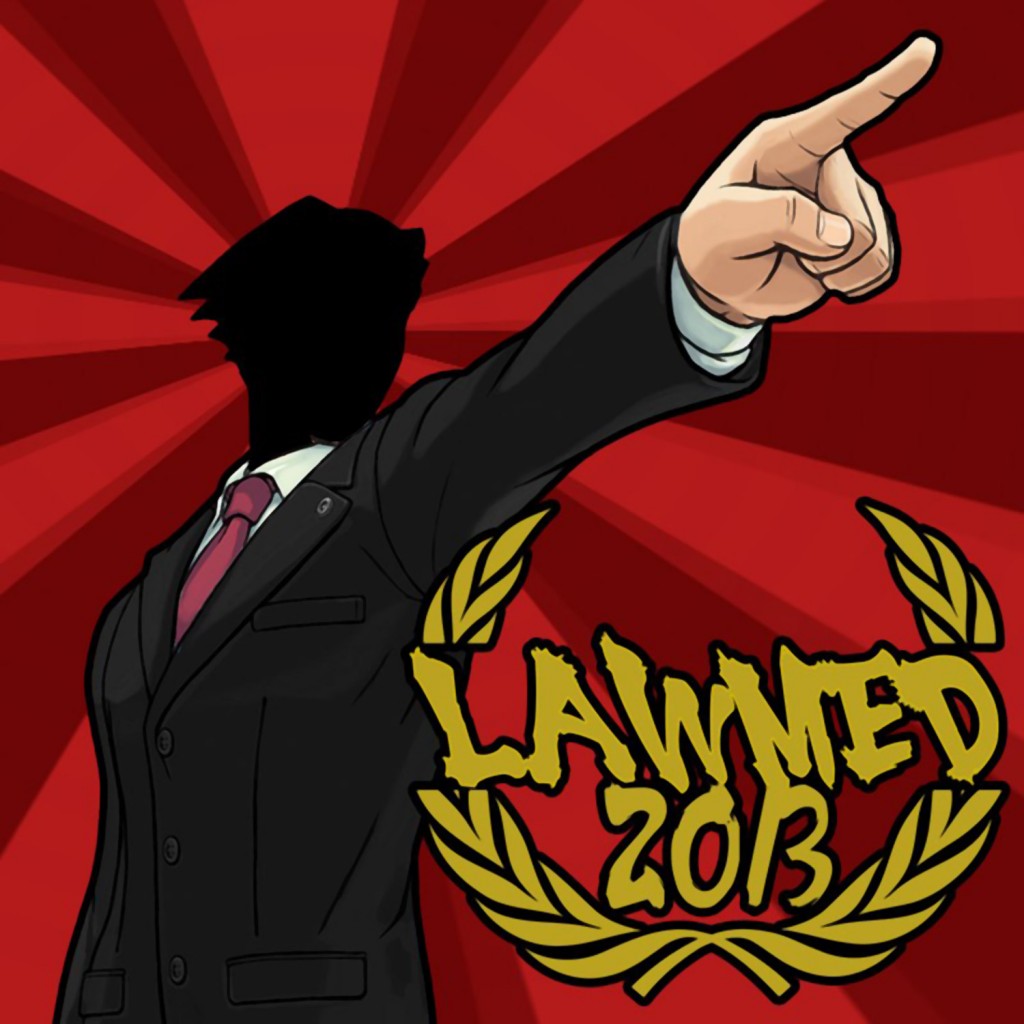
As early as 1981, the “Medico-Legal Debate” had already been a fixture. The February 1982 issue of “Vagus”, the then-Medical Society newsletter, depicts a young Dr Vivian Balakrishnan, now Minister for the Environment and Water Resources, participating in the Law-Med Debates held in December 1981. Later iterations of the Law-Med Debates continue to feature bright young minds, some of whom would eventually go on to become professors in NUS.
The nature of the debates has changed over the years. Earlier debates had rather serious motions such as “The Life Of Minimally Functioning Patients Should Not Be Prolonged By Artificial Means” (1981), “Selfishness Is Ultimately The Driving Force Behind Every Human Thought And Action” (1985), while recent debates have been more light-hearted, with motions such as “This House Believes That Doctors Are More Attractive Than Lawyers” (2010) and “This House Believes That Doctors Make Better Spouses Than Lawyers” (2012). Traditionally, the adjudication panel for the debates has included one representative from law, one representative from medicine, and one from a neutral party.
The debates in the 1980s and 1990s were meant to build a sense of camaraderie among the Medicine and Law faculty students, given the small student population at the time in comparison to the other faculties.
In spite of this rich heritage, accusations of elitism have surfaced in recent times. According to Eugene Chiong, a Year 3 Computing major, sentiments on the ground have been one of dissatisfaction. Some students have registered their concerns that the resumption of the Law-Med Games reinforces the impression that these two faculties are an exclusive clique, particularly in light of the presence of the annual Inter-Faculty Games (IFG).
Dr Paul Ananth Tambyah, an associate professor at the Faculty of Medicine who participated in the Law-Med debates in the 1980s, said that such accusations of elitism were not common in the past, speculating that it could be because “Singapore in the 1980s was a lot more egalitarian … I also think that there were many bilateral or multilateral events that were going on at the time so the Law-Med debates did not appear high on the radar screen.”
The Law-Med Games were re-instituted in 2008 by Professor Tan Cheng Han, then-Dean of the Law Faculty and Professor John Wong, then-Dean of the Medicine faculty. Today, the Law-Med Games feature sporting events such as floorball, touch rugby and football, with the debate held as a finale event for the entire Games.
Professor Tan Cheng Han, who was Dean of the Law Faculty when the Law-Med Games were first revived, said that one of the reasons why the Games were revived was because “the law school is in a different campus and the Games would ensure that participating law students and their supporters would occasionally have to go to the main campus as well as have students from that campus come to the Bukit Timah campus; it would help to maintain a link between both campuses.”
Certainly the Law-Med Games are not intended to eclipse or replace IFG. Both faculties continue to participate actively in the IFG, fielding strong teams. In 2011, Medicine was even crowned as IFG champions.
I think it boils down to a matter of perception. Dr Tambyah alludes to a pertinent point about how the demographics of the student population at each faculty have changed. While the exact numbers are not certain, it will come as no surprise that the Medicine and Law faculty consists largely of students from the top junior colleges in Singapore. The angst directed at the ‘exclusivity’ of the Law-Med Games must be situated within the larger context of the perceived inequality in our education system and society at large, in which certain professions are considered more prestigious and sought-after than others.
The question then becomes: can both faculties do more to change this perception? I think they can. I know the Medicine Faculty already has collaborations with other faculties such as Dentistry and Pharmacy to hold health screenings. In 2012, some effort was also made to include social work majors from the Faculty of Arts and Social Sciences. However, as of yet I am not aware of any collaboration between the Law Faculty and other NUS Faculties, but that could be because of the distance between the two separate campuses. Nevertheless, the hard truth is that if both faculties care about how the larger NUS community perceives them, then they must do more to collaborate outside of this Law-Medicine tradition.
On the same note, there is nothing to stop other faculties from developing bilateral traditions. For instance, the Faculty of Engineering and the School of Design and Environment are directly adjacent to each other, so physical proximity can hardly be said to be a stumbling block in holding joint events. Professor Tan suggests that such inter-faculty collaboration can be a positive step, saying, “I can see that it may be a good thing for two neighbouring schools to have such a regular competition given that their students are likely to run into each other in corridors and the canteens. More friendships can be developed this way. I would urge students not just to be unhappy but to do something about it – start your own tradition.”
While inter-faculty sports and games are an excellent way to promote a sense of espirit de corps, the lingering fear is that it could also be rife with identity politics, descending into a “war” by proxy through non-violent means. It does not have to come down to that.


